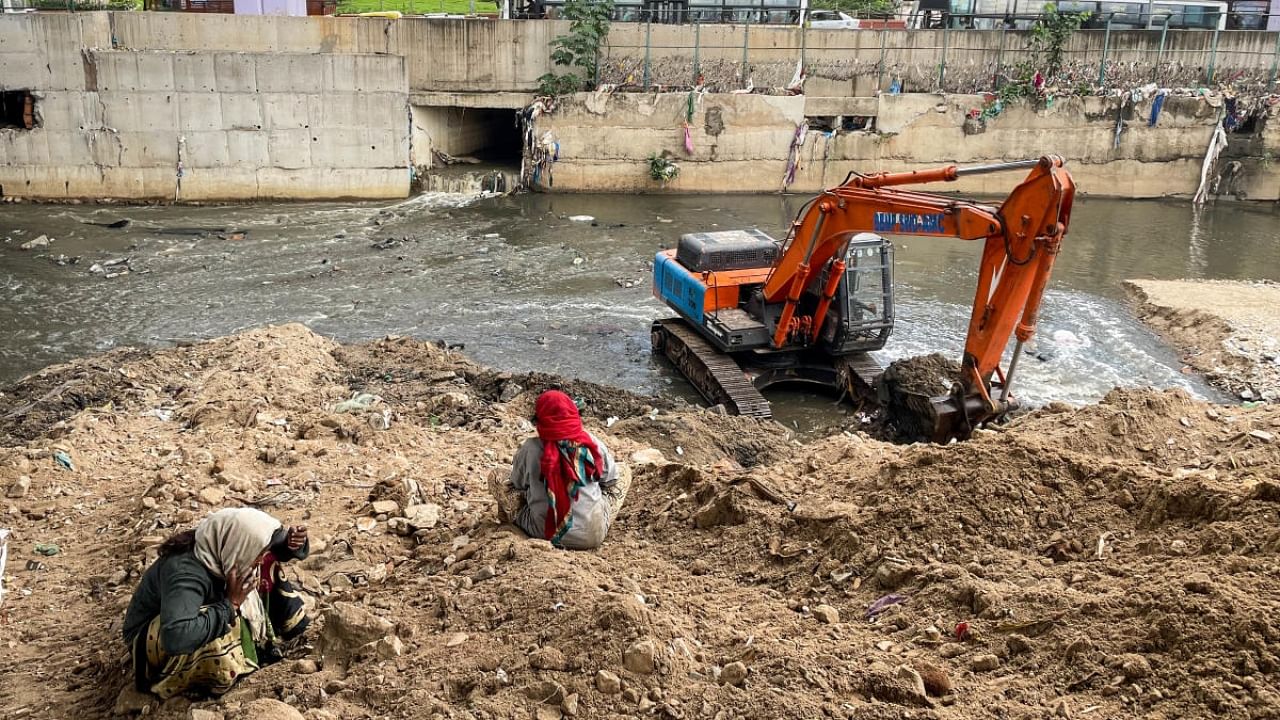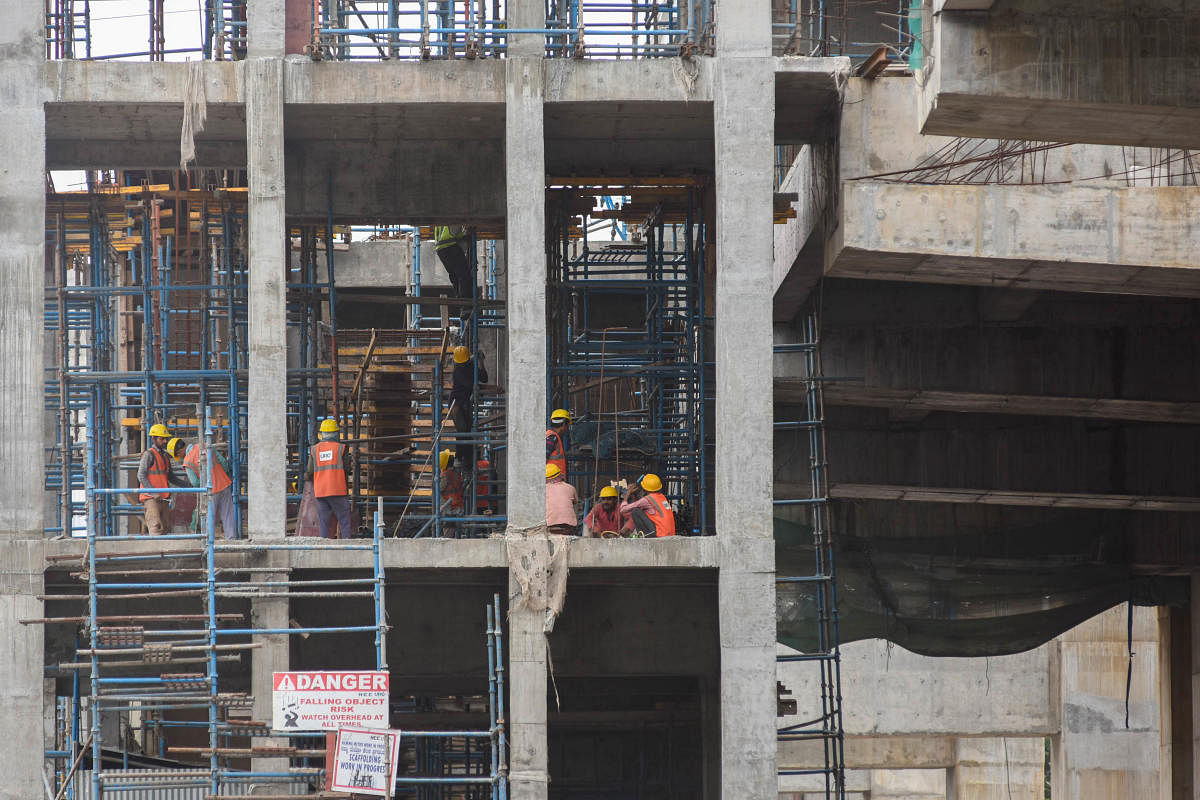

Eyebrows went up in collective amusement as a Centre for Science and Environment (CSE) report last June ranked Bengaluru the most liveable city in India. For lakhs of Bengalureans, trapped in gridlocked traffic and tons of muck, it sounded like a sad joke. A year later, stark reality has hit hard with a low global ranking on all things ‘liveable.’
Ranked the least liveable among the five cities that figured in the 2022 Global Liveability Index prepared by the Economist Intelligence Unit (EIU), Bengaluru scored a lowly 46.4. Delhi with 56.5, Mumbai with 54.4, Chennai and even Ahmedabad had better scores. Out of 173 global cities surveyed, the city was ranked 146.
Bengaluru’s performance was particularly bad on assessments based on quality of roads, public transport, stability and healthcare. Only in terms of culture, environment and education were the scores relatively better.
The unrelenting vehicular load has severely stretched the city’s already inadequate road infrastructure. Attempts to shift part of the road traffic to rail, the Namma Metro and suburban rail included, have been painfully slow. The Bangalore Metropolitan Transport Corporation (BMTC), with its fleet not exceeding 6,000, has been thinly stretched.
Opportunity missed
The government missed a golden opportunity to boost public transport, reminds Dattatreya Devare, a seasoned legal activist and campaigner for a greener Bengaluru. “The Work from Home (WFH) period and resultant reduction in travel demand had given a very good opportunity. A lot of people were working from Tumakuru, Mandya and other places. This was the time to support public transport, so that proliferation of private vehicles could be controlled. But they did not do that,” he recalls.
The city today is witnessing a tremendous increase in private vehicles, Devare points out. “The congestion is back on many roads. Forget fleet expansion, BMTC now has no money to even pay salaries, the suburban rail could have managed to pick up some load but that too did not happen. They just allowed the situation to drift and in the process, the whole city is now full of private SUVs and cars.”
Liveability is measured on the basis of factors that provide quality of life: safety, mobility options, employment and educational opportunities, public space, and political stability, notes Nikita Luke, Senior Project Associate for Health and Road Safety at the World Resources Institute (WRI).
Equitable open spaces
Walkability, public transit and equitable open and green spaces are critical to enhance a city’s liveability, she contends. “In any liveable city, streets and neighbourhoods are designed to encourage walking and cycling instead of driving. The street network is convenient for pedestrians, with low-speed zones, high-quality footpaths, and cycle lanes. Homes, jobs, shops, schools, and other everyday destinations are within easy walking distance of each other.”
Ideally, in a liveable city, public transport and not driving is promoted. “Most mobility services and mass transit stations are within easy walking distance for residents. Mass transit stations are linked with first and last-mile connectivity for easy and direct access, making it quick, cheap, and convenient for users.”
Bengaluru clearly lacks sufficient, equitable green spaces for children and adults. “Bengaluru must protect the existing green spaces and resists new development opportunities that compromise them to ensure accessible, high-quality green areas and recreational facilities for all residents,” says Nikita.
Giving another perspective on the liveability index, ecological architect and urban thinker Sathyaprakash Varanasi reasons: “Liveability can be high if infrastructure is already there, not when it is being created. Citizens go through hell.”
Urban aesthetics
Linked to liveability is also urban aesthetics, an area where Bengaluru is seeing a decline. “Aesthetic is an expression of human beings, and wherever there is pleasant aesthetics, it means the mind is always happy. The kind of aesthetics we are creating is to announce ourselves. Architecture is no more to quieten the mind, but to provoke the mind here. So it has become a city of provocation, speculation, competition. To me, these are definitely indices of non-liveability,” notes Sathyaprakash.